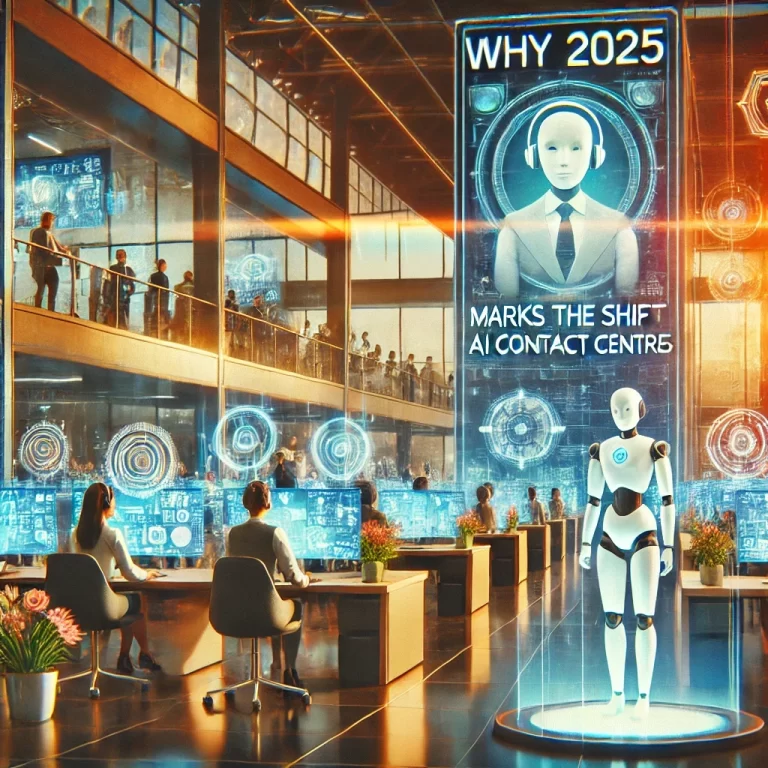Artificial Intelligence has come a long way, and 2024 is witnessing the rise of a game-changing trend, Multimodal AI. This innovative approach combines and processes data from multiple sources like text, audio, images, and even video to create richer and more nuanced AI models that mirror human cognition.
What is multimodal AI?
In simple terms, multimodal AI refers to AI systems capable of integrating various types of information to deliver more sophisticated insights and interactions. Imagine a virtual assistant that can analyse customer emails, interpret sentiment from voice notes, and recognise critical information from images, all in real-time. That’s the power of multimodal AI, and it’s transforming how businesses interact with their customers and optimise processes.
Why multimodal AI matters now
As organisations shift towards a more interconnected digital landscape, they are increasingly looking for solutions that provide contextually aware and personalised experiences. Here’s why multimodal AI is gaining traction:
Enhanced Customer Understanding: By combining text, images, and audio, multimodal AI enables businesses to understand customer intent more deeply. For example, AI in customer service can assess a customer’s message alongside their voice tone and the visual context of their shared images, leading to more precise and empathetic responses.
Improving Accessibility and Engagement: Multimodal AI can revolutionise accessibility by seamlessly converting content across formats. It helps companies create experiences that are engaging and accessible, whether through video summaries of documents or generating voice feedback for text-based interactions. A good example of this is Google’s NotebookLM model.
Personalisation at Scale: Multimodal models excel at identifying patterns and preferences in diverse data types, allowing businesses to deliver highly personalised experiences. This could mean anything from tailored product recommendations to dynamic and interactive marketing content.
Real-world applications
The implications of multimodal AI stretch across industries. Here are some exciting applications:
Healthcare: AI models like LLaVA-Med are setting new standards in patient care by analysing medical images alongside patient histories and real-time vitals, enhancing diagnostic accuracy.
Ecommerce: Retailers can harness multimodal AI to provide an immersive shopping experience, merging product images, customer reviews, and real-time queries to offer dynamic recommendations.
Customer Service: Contact centres are leveraging multimodal AI to route customer issues more intelligently by understanding both voice inputs and supporting visual documents.
Challenges and how to overcome them
While the potential is immense, adopting multimodal AI also brings challenges, such as managing data security and avoiding biases. Businesses should prioritise transparency in AI decision-making and maintain robust data protection practices to gain trust and ensure compliance.
At Acquire.AI, we’re working closely with clients to help them navigate these complexities, leveraging our expertise to develop secure, adaptable, and high-performing AI solutions tailored to their unique needs.
Contact the team at Acquire.AI and let’s explore how AI can transform your business operations.



